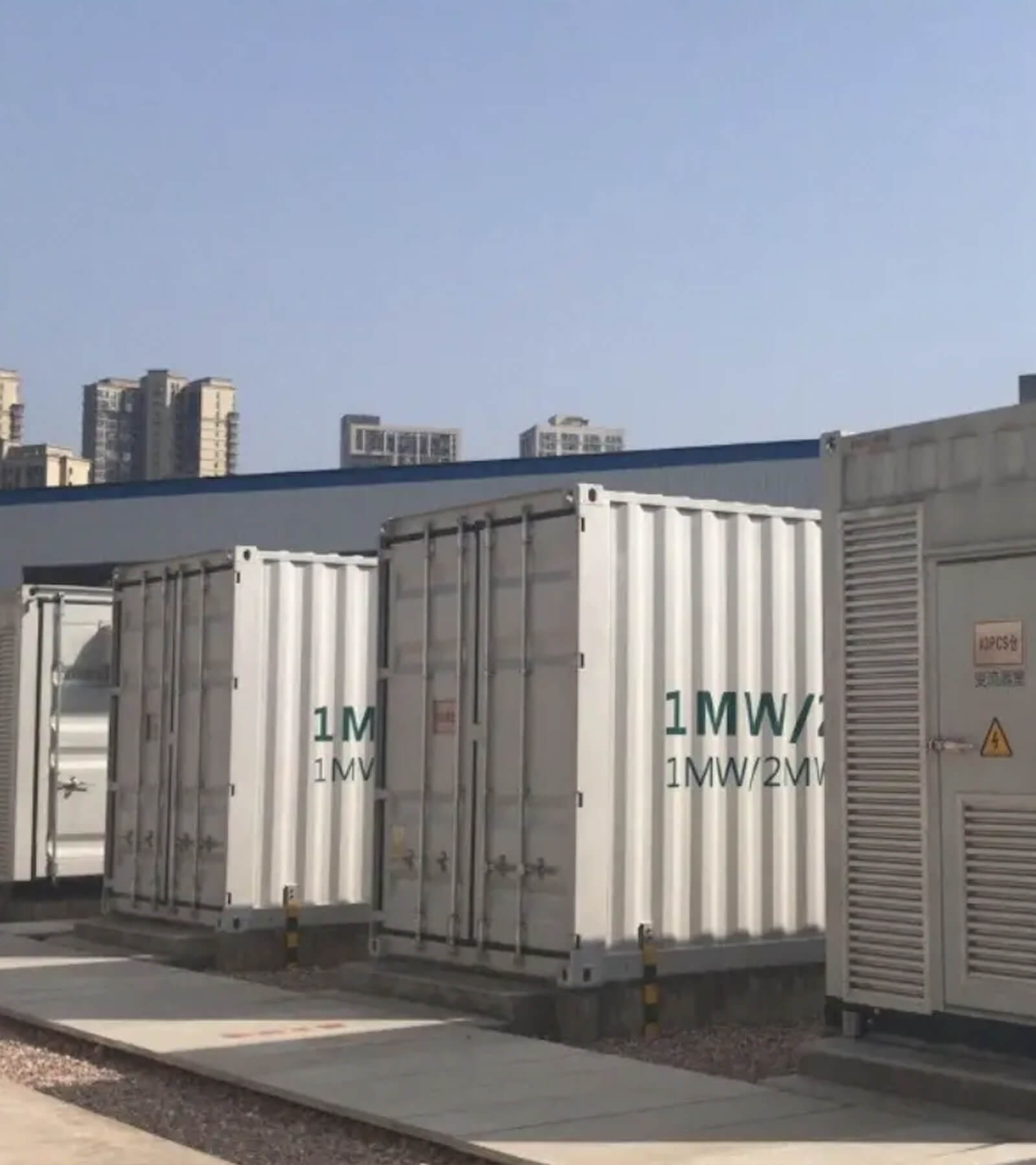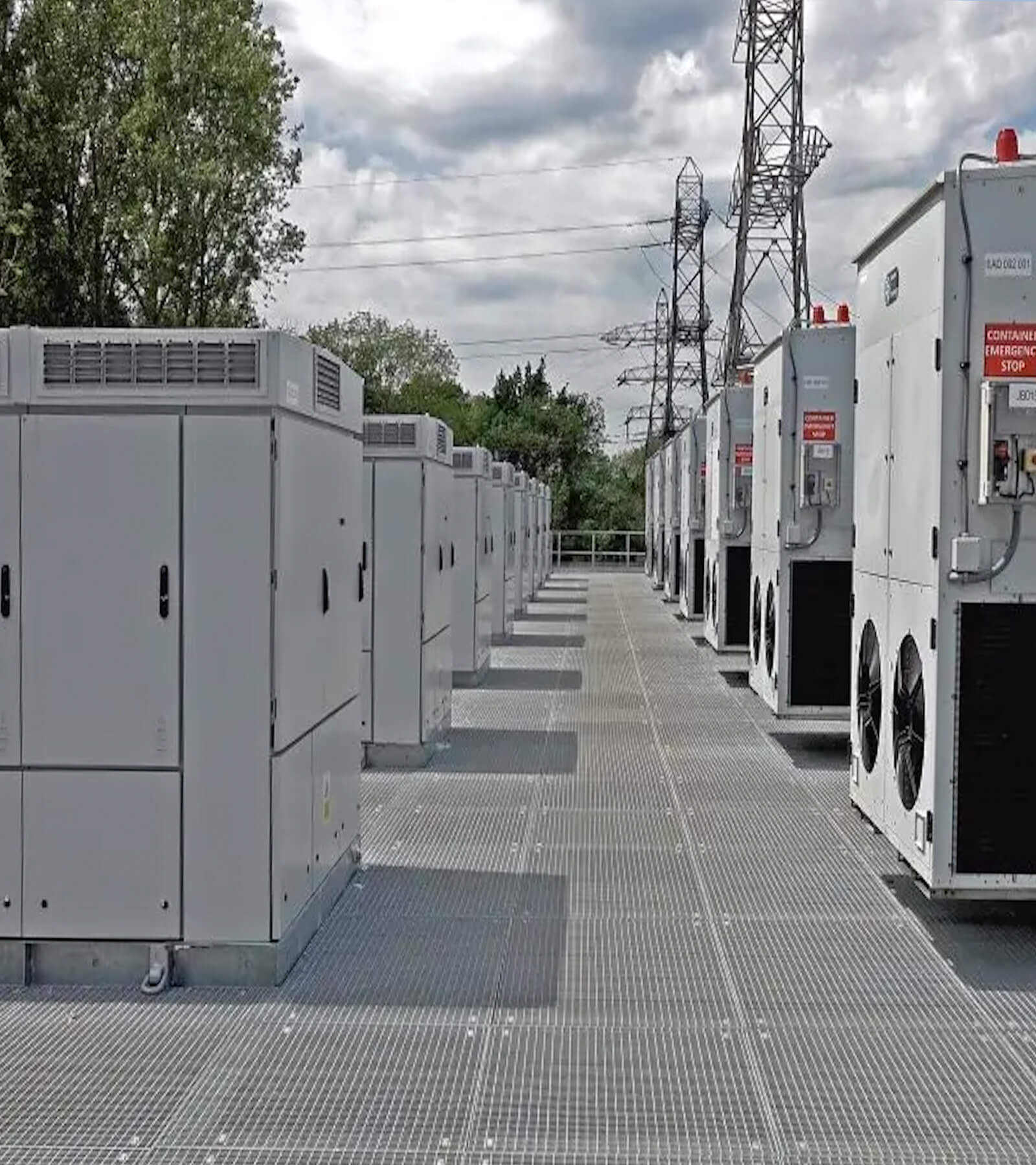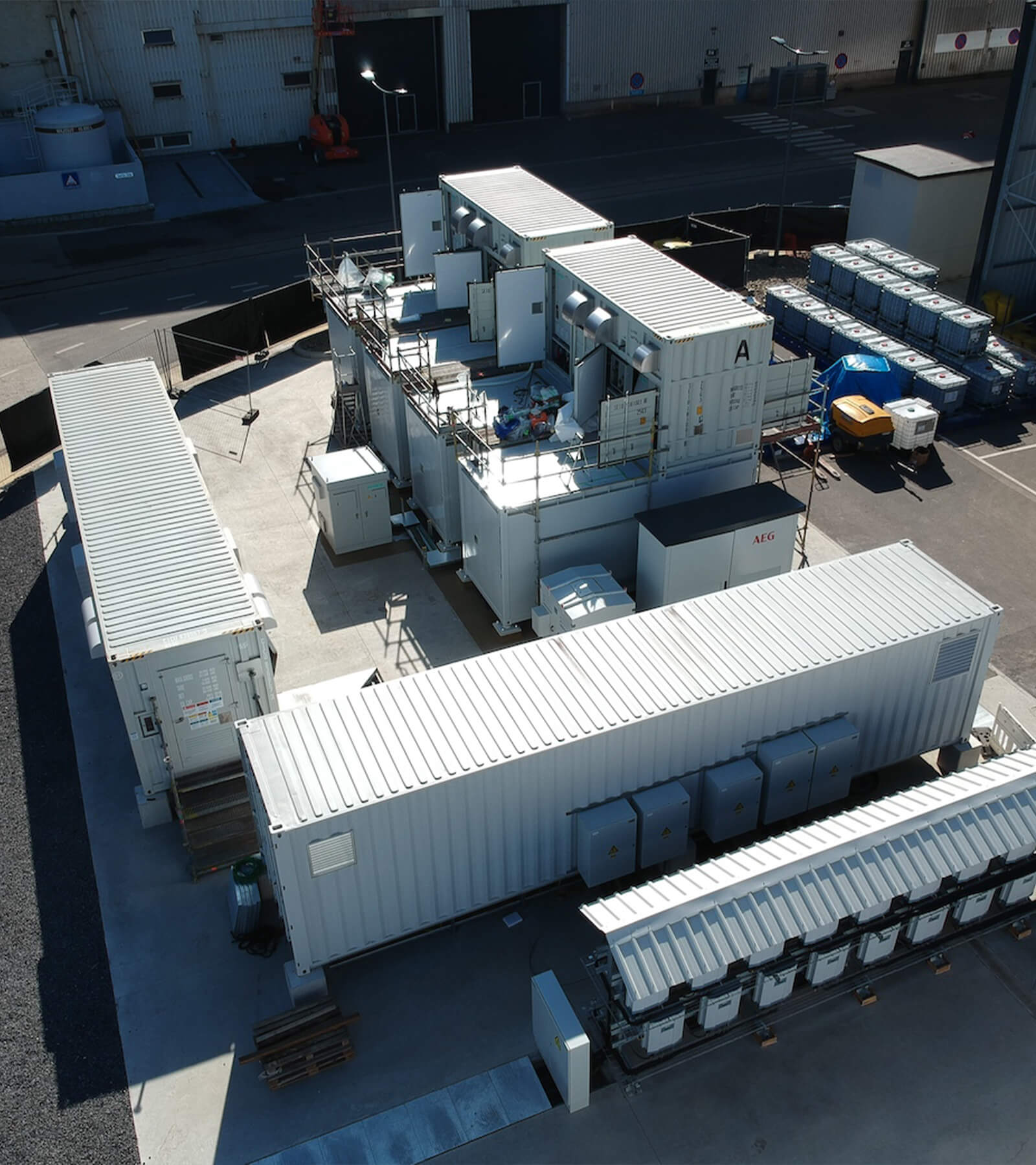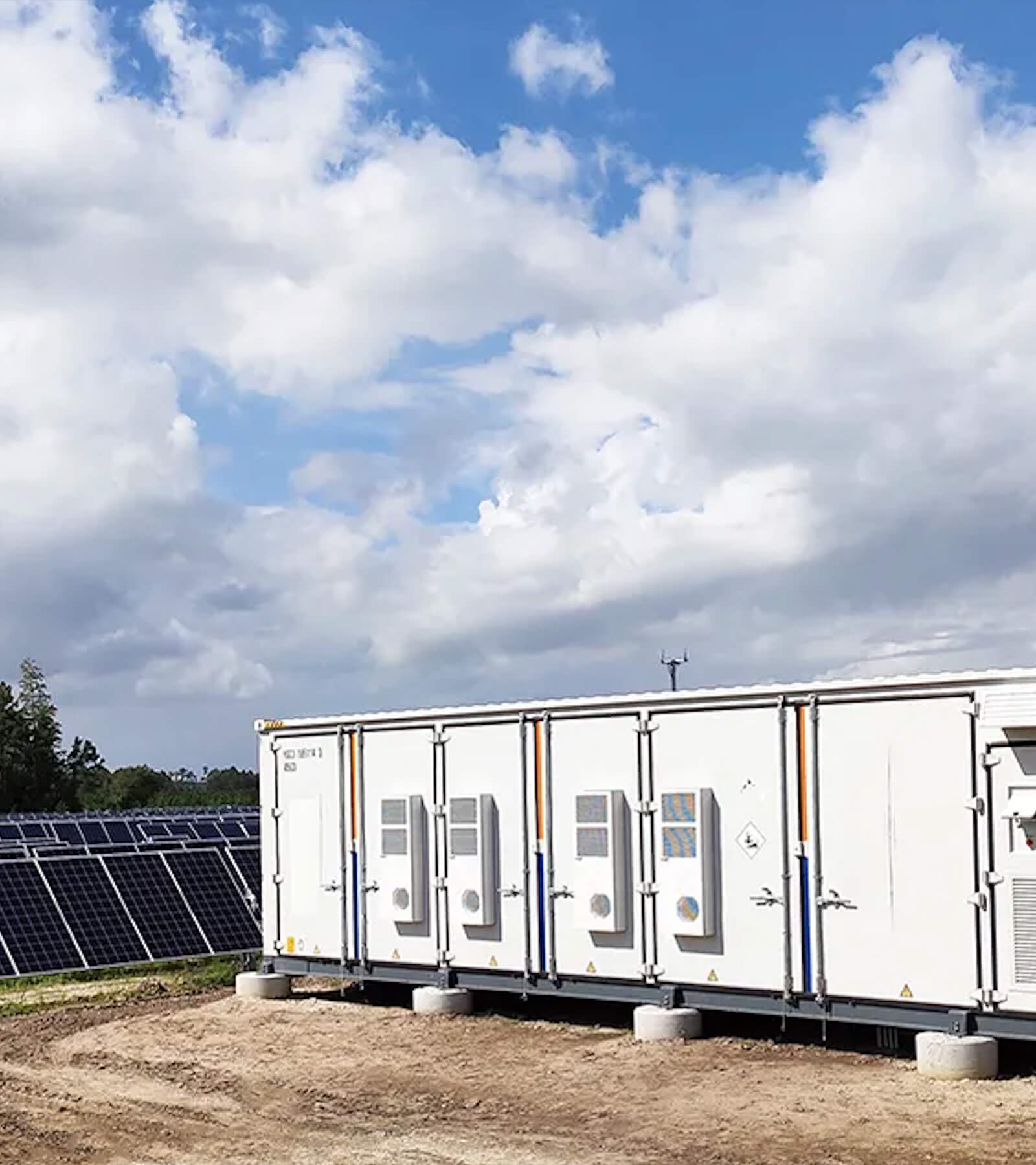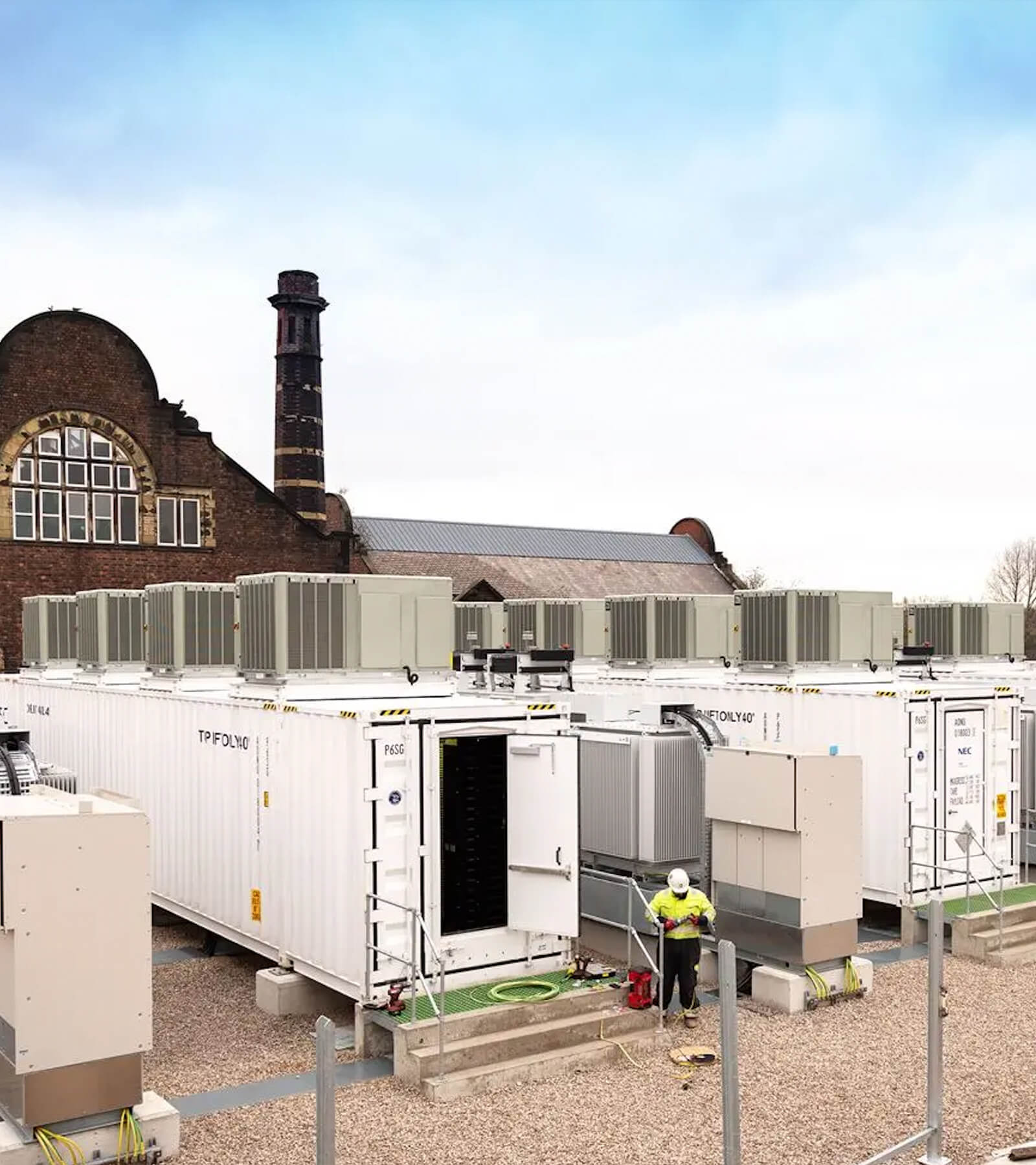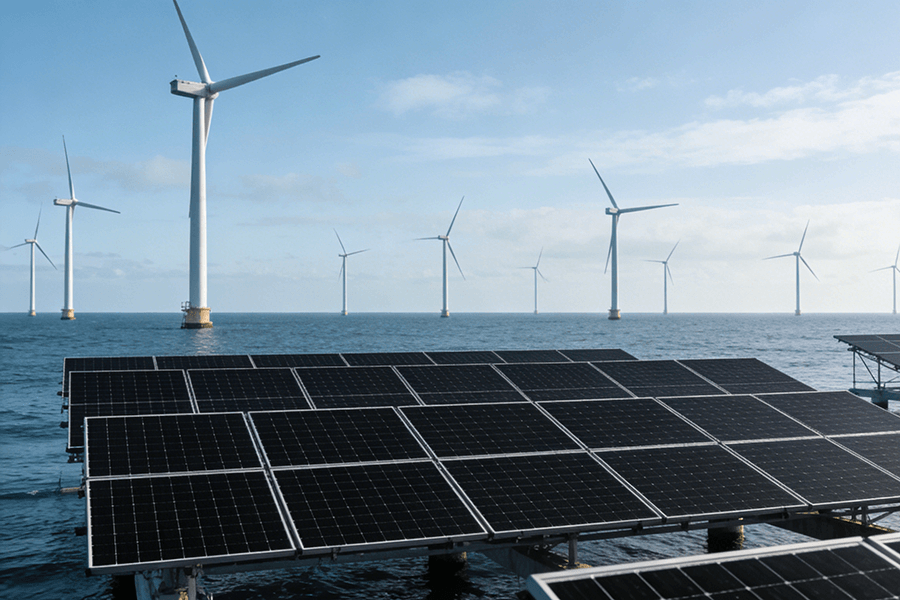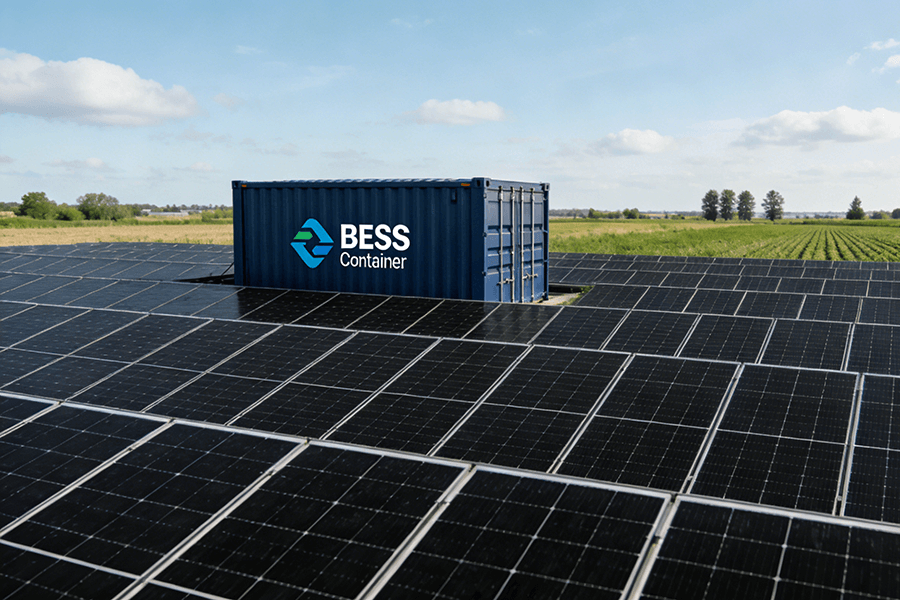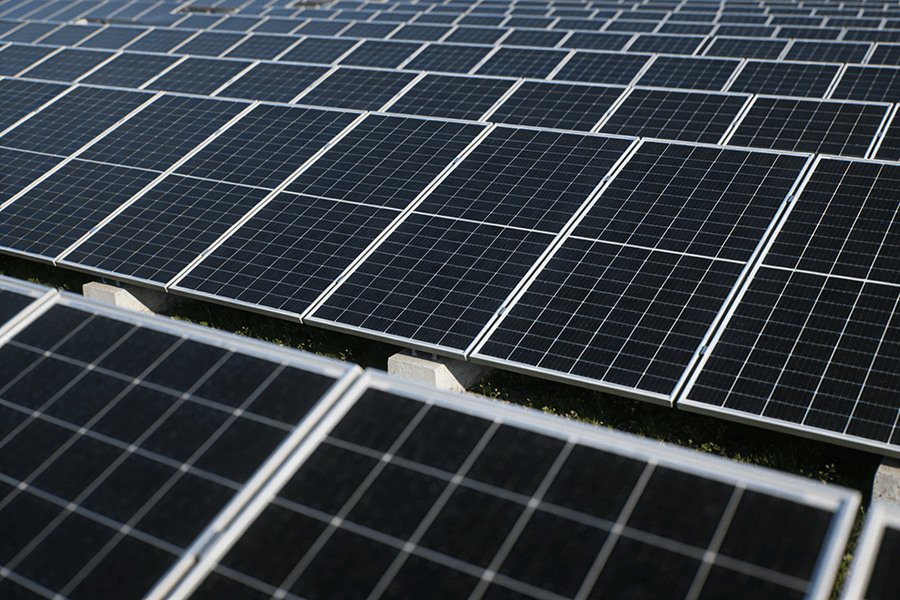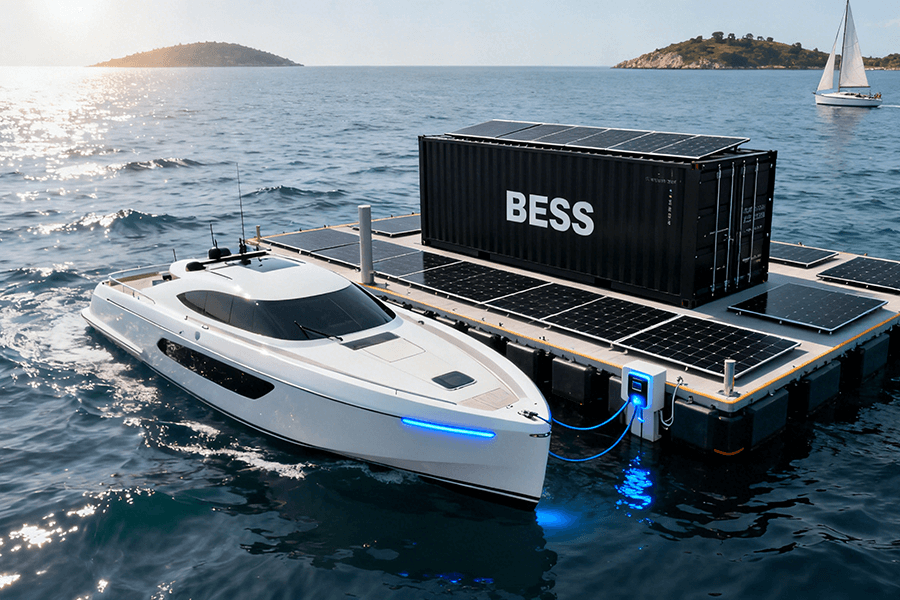For off grid solar panel cost, the price of solar panels generally ranges from $0.85 to $0.92 per watt. The actual price depends on factors, such as solar panel types, power output, and also technology used. In off grid systems, solar panel costs typically account for around 30% to 45% of the total system cost, but battery storage costs are usually the largest portion.
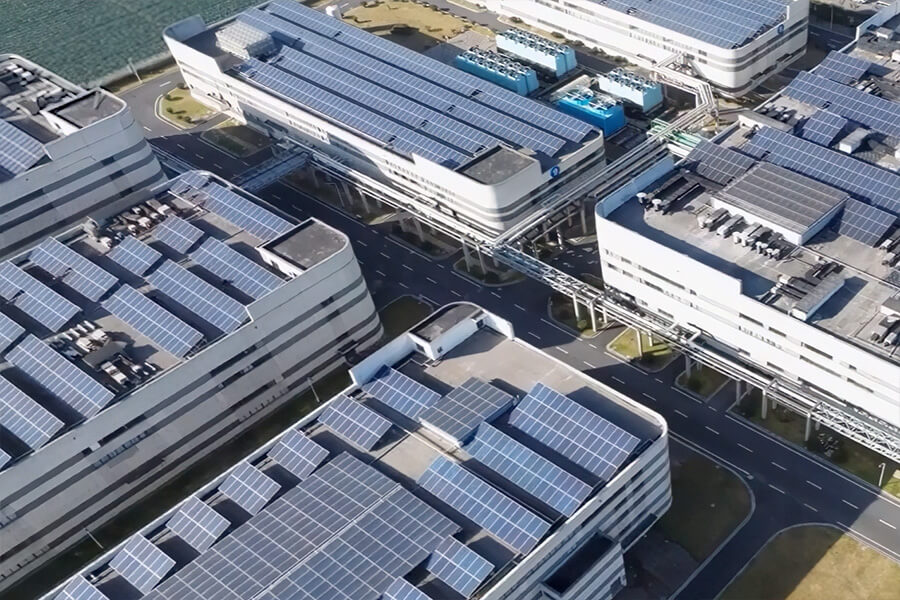
Off Grid Solar Panel Cost: What to Expect?
Below is a breakdown of different system sizes and their corresponding costs, based on the panel price per watt.
| System Size | Total Panel Cost (USD) | Price per Watt (USD) |
|---|---|---|
| 5 kW System | $2,550 – $2,850 | $0.85 – $0.90 |
| 10 kW System | $5,100 – $5,700 | $0.85 – $0.89 |
| 20 kW System | $10,200 – $11,400 | $0.85 – $0.88 |
| 40 kW System | $20,400 – $22,400 | $0.85 – $0.87 |
| 50 kW System | $25,500 – $27,500 | $0.86 – $0.88 |
| 100 kW System | $51,000 – $55,000 | $0.87 – $0.90 |
Panel Power and Pricing Notes:
- As the system size increases, the price per watt typically decreases slightly due to economies of scale in purchasing and installation.
- The total panel cost is calculated by multiplying the price per watt by the total panel wattage for the system size.
Factors Affecting Off Grid Solar Panel Costs
Solar Panel Power Size
The power size of solar panels directly affects their cost. Generally, larger panels (e.g., 500W and 650W) will have a higher upfront cost, but fewer panels may be needed to meet the energy needs of the system. This reduces installation complexity and labor costs in some cases.
Price Variation Based on Panel Power
| Panel Power (W) | Price per Watt (USD) |
|---|---|
| 300W | $0.88 – $0.92 |
| 400W | $0.87 – $0.92 |
| 500W | $0.86 – $0.91 |
| 650W | $0.85 – $0.90 |
As shown in the table, the price per watt tends to increase as the panel wattage increases. However, larger panels usually offer better efficiency, meaning fewer panels are required to achieve the same system size.
Solar Panel Type
The type of solar panel you select—monocrystalline, polycrystalline, or thin-film—significantly influences the price. Monocrystalline panels are the most efficient and generally more expensive, while polycrystalline panels are slightly less efficient but more affordable. Thin-film panels offer the lowest initial cost but require more space for installation due to their lower efficiency.
Price Variation Based on Panel Type
| Panel Type | Efficiency (%) | Price per Watt (USD) |
|---|---|---|
| Monocrystalline | 18%-22% | $0.85 – $0.92 |
| Polycrystalline | 15%-18% | $0.80 – $0.88 |
| Thin-film | 10%-12% | $0.70 – $0.80 |
- Monocrystalline panels: Higher efficiency, typically used in smaller spaces with limited roof area.
- Polycrystalline panels: Lower efficiency, but cost-effective for larger installations where space is abundant.
- Thin-film panels: The most affordable upfront, but they require more space to generate the same energy as crystalline panels.
Solar Panel Technology
Technological advancements such as PERC (Passivated Emitter Rear Contact), half-cut cells, and bifacial panels enhance panel efficiency and performance, especially in areas with varying light conditions. These innovations often come at a premium, but they can offer significant improvements in long-term performance.
Price Variation Based on Solar Panel Technology
| Technology Type | Efficiency (%) | Price per Watt (USD) |
|---|---|---|
| PERC Technology | 20%-22% | $0.88 – $0.92 |
| Half-cut Cells | 19%-21% | $0.85 – $0.90 |
| Bifacial Panels | 18%-20% | $0.90 – $0.92 |
These technologies allow for better performance in challenging weather conditions and can increase energy output, providing long-term benefits despite their higher initial costs.
Proportion of Solar Panels in Off Grid Systems
In off-grid solar systems, solar panels typically represent around 30% to 45% of the total system cost. The remaining portion of the system cost is attributed to battery storage and inverters. Off-grid systems require a substantial investment in battery storage to store energy for use during periods without sunlight.
Solar Panel Cost Proportion in Off-Grid vs. Grid-Tied Systems
| System Type | Solar Panel Cost % | Battery Storage & Other Costs |
|---|---|---|
| Off-Grid | 30%-45% | 55%-70% |
| Grid-Tied | 40%-50% | 50%-60% |
As shown, the proportion of solar panel costs in off-grid systems is lower compared to grid-tied systems, where solar panels typically account for a larger share of the total cost. This is due to the significant battery storage costs in off-grid systems, which are necessary to ensure energy availability when the sun is not shining.
Example Calculation for Off-Grid System
Let’s calculate the total cost for a 10 kW off-grid solar system with 650W solar panels. For this system, we’ll break down the panel cost and the overall system cost, which includes batteries and inverters.
- Number of Panels:
Number of Panels=10,000 W650 W=15.38 panels≈16 panels - Total Panel Cost:
Total Panel Cost=16 panels×650 W×0.90 USD/W=9,360 USD - Assuming the battery and inverter costs represent approximately 60%-70% of the total system cost, the overall system cost would be roughly: Total System Cost=9,360 USD×2=18,720 USDtext{Total System Cost} = 9,360
(This is an estimated total system cost, which may vary depending on the battery capacity, inverter type, and other factors.)
Conclusion:
Choosing the right solar panels for your off-grid solar system is a critical decision that can have a significant impact on your system’s performance and cost. The price of solar panels typically ranges from $0.85 to $0.92 per watt, and solar panels usually account for 30% to 45% of the total system cost, with battery storage taking up the majority of the remaining costs.
At Maxbo, we specialize in providing customized off-grid solar solutions that meet your energy needs, whether you’re looking to power a home, business, or remote location. Our systems are designed for high efficiency and long-term performance. Visit Maxbo’s website for more information.
By considering the various factors that affect solar panel prices and system costs, you can make an informed decision and choose the best off grid solar system for your needs.
Email: [email protected]

